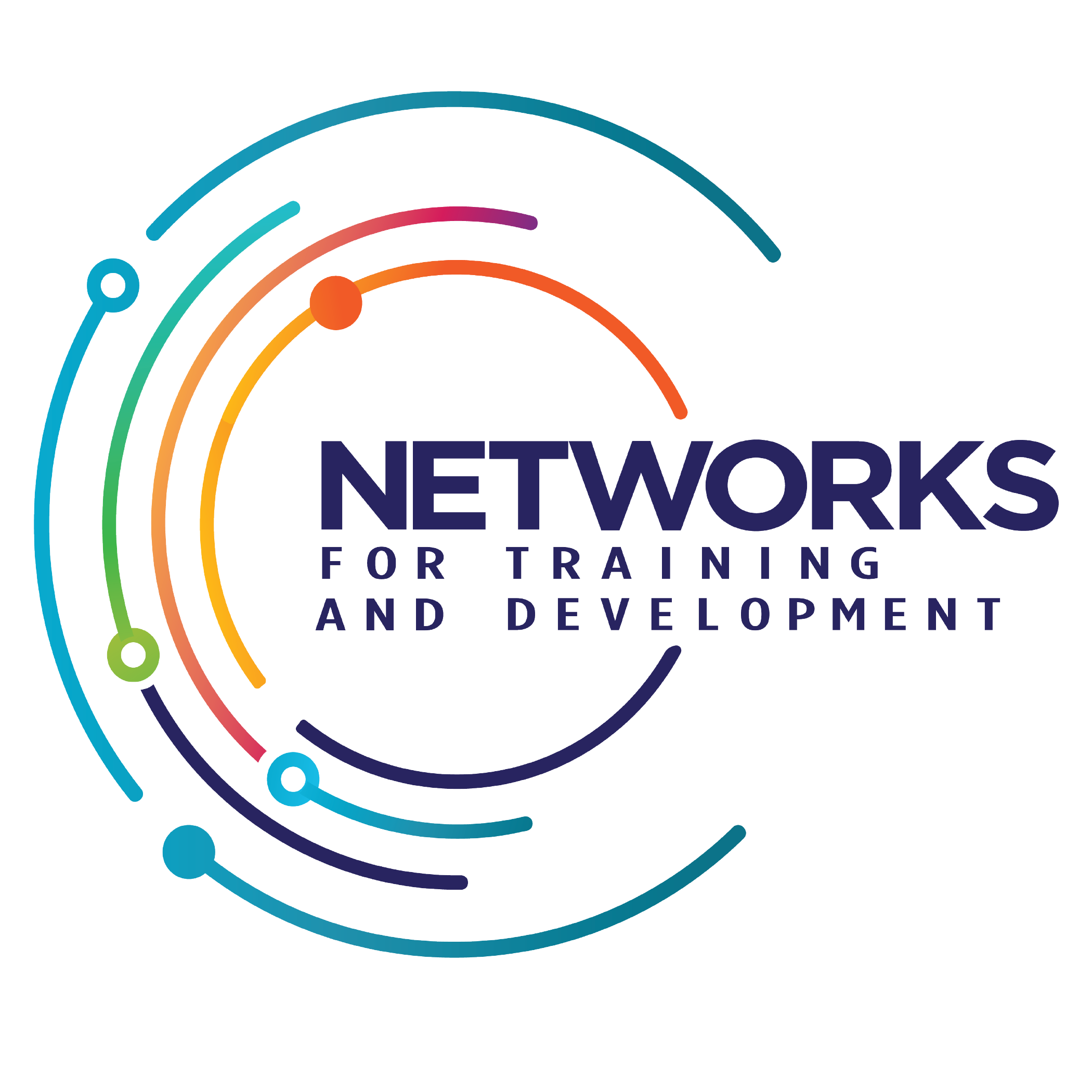When you hear the word “disability,” what pops into your head? A wheelchair? A cane? Maybe a parking placard?
You’re not wrong—but you’re also not seeing the whole picture.
Many disabilities aren’t visible to the eye. In fact, a large number of people live with what’s known as invisible disabilities—conditions that may affect their daily life but aren’t immediately apparent to others. These can include everything from chronic pain to anxiety disorders to neurodivergent conditions like autism or ADHD.
And just because you can’t see a disability doesn’t mean it’s not real.
So… What Exactly Is an Invisible Disability?
Invisible disabilities (sometimes called “non-apparent” disabilities) are physical, mental, or neurological conditions that aren’t immediately noticeable but can significantly impact a person’s life. Some common examples include:
- Chronic illnesses like fibromyalgia, lupus, or migraines
- Mental health conditions such as PTSD, depression, or anxiety
- Learning differences like dyslexia
- Neurodivergent conditions like autism or ADHD
- Sensory processing disorders
These are just a few examples—there are many more. According to the Invisible Disabilities Association, nearly 10% of people in the U.S. live with an invisible disability. That’s a lot of people quietly navigating the world while managing symptoms that others may never see.
The Problem With “You Don’t Look Disabled”
One of the biggest challenges people with invisible disabilities face is being believed.
Because their disability isn’t immediately obvious, they’re often met with skepticism or judgment:
- “I can’t even tell you’re disabled.”
- “They seem fine to me.”
- “Are you sure it’s that bad?”
Let’s be clear: Disability doesn’t have a look. And these kinds of comments—while sometimes well-intentioned—can be incredibly invalidating.
People with invisible disabilities often feel pressure to explain or prove their needs. That kind of emotional labor adds an extra layer of stress to everyday situations—whether it’s navigating the workplace, requesting accommodations, or just getting through the day.
Why This Matters in Training, Workplaces, and Community Spaces
Here at Networks for Training and Development, we talk a lot about accessibility, inclusion, and universal design. And invisible disabilities are a huge part of that conversation.
When we design workshops, trainings, or community events, we strive to make them welcoming and accessible by default—not just for people using wheelchairs or screen readers, but also for those who might need:
- A quiet space to decompress
- Flexible participation options
- Clear written instructions
- Extra time to process or respond
These aren’t “special” requests. They’re just good designs—and they benefit everyone.
How to Be a Better Ally (Even If You’re Not Sure Where to Start)
Whether you’re a coworker, manager, friend, or community member, here are a few simple ways to support people with invisible disabilities:
- Believe them. If someone shares that they have a condition or need accommodation, trust them. No proof required.
- Ask, don’t assume. Avoid comments like “You don’t look sick” or “But you were fine yesterday.” Everyone’s experience is different—and often fluctuates.
- Respect privacy. Not everyone wants to disclose personal medical info. And they don’t have to!
- Design with inclusion in mind. If you’re hosting a meeting, training, or event—think proactively about accessibility.
- Normalize flexibility. Flex time, remote options, breaks—these aren’t just “nice to have” for many people. They’re necessary.
The Bottom Line?
Just because you can’t see it doesn’t mean it’s not there.
Invisible disabilities are real, valid, and incredibly common. And the more we learn, listen, and create truly inclusive spaces, the better we all thrive.
Whether you’re a service provider, employer, or simply someone who wants to build a more compassionate world—thank you for being here. You’re already part of the change.

